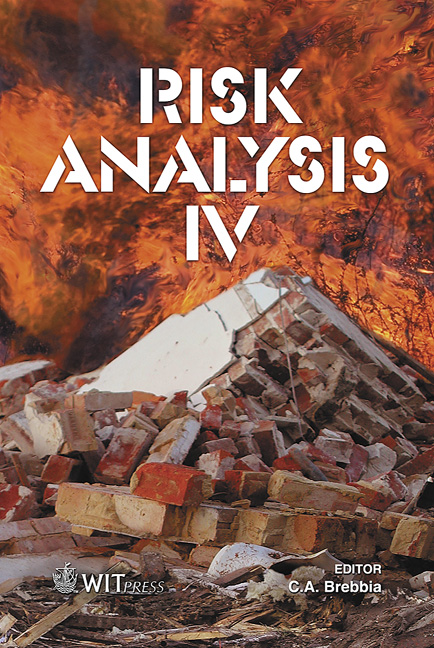Vulnerability Assessment Of RC Structures Using Fuzzy Logic
Price
Free (open access)
Transaction
Volume
77
Pages
10
Published
2004
Size
695 kb
Paper DOI
10.2495/RISK040061
Copyright
WIT Press
Author(s)
A. D. Mandas & S. E. Dritsos
Abstract
Damage assessment involves the difficulties of defining, assessing, and modelling the variables involved as well as handling uncertainty. This paper presents a methodology for the damage assessment of RC structures based on fuzzy logic. In the proposed system, the variables defined are the same as those used in the \“rapid screening procedure” developed by FEMA and described through a data collection form from its handbook. Firstly, the vertical regularity and the geometry of the structure are defined using the variables of the data collection form. Secondly, three new, more general, variables are defined based on other structural and soil parameters. These variables are: ‘Earthquake Hazard’, ‘Structural Strength’ and ‘Construction Characteristics’. Finally, from these three general variables, a damage rate for any structure can be estimated. The results of FEMA case studies are compared with those of this methodology using fuzzy logic. In addition, the estimated damage factor was compared with those estimated in previous studies. 1 Introduction One of the most difficult problems to manage in civil engineering is the evaluation of the expected damage to a structure. The seismic damage depends on many parameters that have to be evaluated in order to make a realistic assessment. These are difficult to consider, within a numerical model, as they refer to vague, imprecise information coming from an experts’ opinion. Damage assessment based on fuzzy logic has been previously studied. Mandas and Dritsos [5] have developed a methodology based on fuzzy logic that used a vast range of parameters that described, as precise as possible, the characteristics and behaviour of the structure. In order to obtain reliable results, Mandas and Dritsos defined the regularity of the structure, the behaviour factor, a potential deterioration factor and used many other specific parameters.
Keywords





